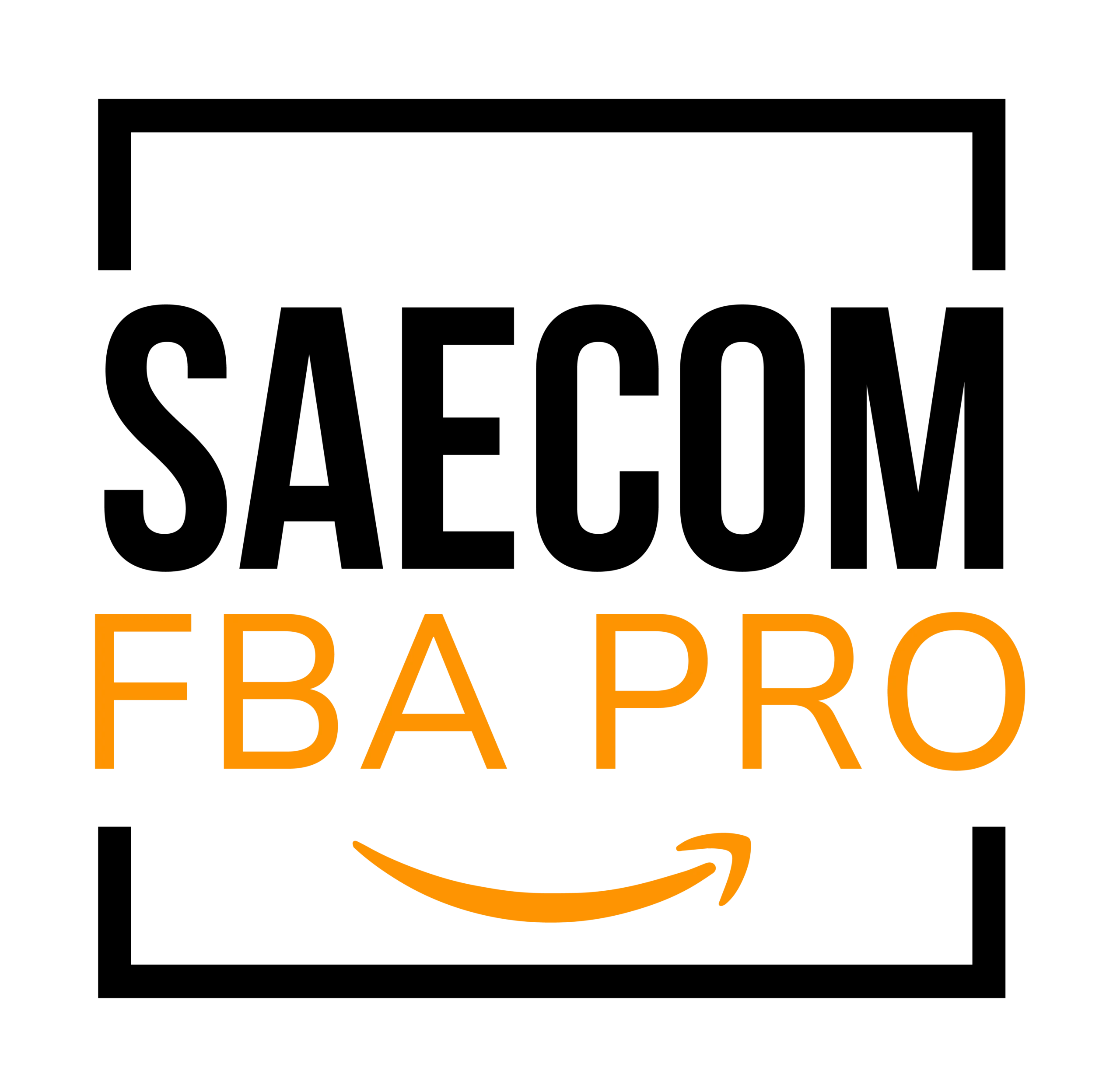MAP Pricing Enforcement: Stop Violations on Amazon
For many ecommerce and enterprise brands, minimum advertised price (MAP) policies play a vital role in keeping pricing competitive, preserving profit margins, and safeguarding brand reputation.
But when it comes to selling on Amazon, enforcing MAP can feel like an endless battle. Unauthorized sellers keep resurfacing, repricing software disrupts stability, and Amazon itself provides little direct support.
Still, despite these challenges, there are proven strategies brands can use to monitor and enforce MAP pricing effectively.

What is MAP pricing (and why does it matter)?
Minimum advertised price (MAP) refers to the lowest price a brand permits retailers to display in advertisements. The act of creating and upholding these limits is called MAP pricing enforcement.
MAP pricing helps sustain brand image and value, signaling that a product carries a certain level of quality and prestige. This is especially critical for premium brands that rely on strong resale value. Additionally, MAP helps protect profit margins and ensures fairness among resellers across different sales channels.
Importantly, MAP only applies to the advertised price, not the actual selling price. For example, if a product has a MAP of $9.99, a retailer can sell it for $7.99, but they cannot advertise it below $9.99 without violating the agreement.
It’s also worth noting that MAP policies are legally enforceable in the U.S., but there is no regulatory body monitoring compliance. Brands themselves must take action to enforce their policies, often by limiting or cutting supply to noncompliant retailers.
The risks of MAP violations on Amazon
MAP enforcement is particularly challenging on marketplaces, with Amazon being the largest in the U.S. When resellers — authorized or unauthorized — advertise products below MAP, the consequences can include:
- Brand devaluation: Inconsistent pricing can make premium products look like discount items, hurting brand perception.
- Retailer conflicts: Authorized distributors may abandon products they can’t sell competitively, leading to strained relationships.
- Profit erosion: When MAP isn’t enforced, prices spiral downward, eating away at margins.
- Loss of Featured Offer control: Brands selling directly on Amazon risk losing the Featured Offer (formerly Buy Box) when undercut by other sellers.
Since Amazon assigns one ASIN per product, multiple sellers often compete on the same listing. And because Amazon does not enforce MAP policies on its own, third parties can advertise below your set prices directly on your official product page.
Why enforcing MAP on Amazon is so difficult
Inconsistent MAP enforcement across platforms
Maintaining MAP on Amazon becomes complicated when brands also sell on other sites such as Walmart, eBay, or direct-to-consumer websites. Price drops elsewhere often trigger Amazon’s repricing mechanisms, which automatically lower prices in response to market activity. This can unintentionally drive prices below MAP.
The best approach is to develop a unified pricing strategy across all channels, ensuring consistent enforcement without one platform undercutting another.
Lack of seller transparency
Amazon does not always provide detailed information about sellers, making it difficult to identify repeat offenders. Some unauthorized sellers even use multiple storefronts or anonymous accounts to continue operations while avoiding detection.
This lack of visibility creates an extra layer of difficulty for brands trying to track and address MAP violations.
Limited control over third-party sellers
Wholesale distribution adds another challenge. Once a product leaves the brand’s hands and goes to distributors, it can be resold to unauthorized parties who ignore MAP rules. These resellers often undercut pricing while still profiting, damaging both the brand and authorized retailers.
To minimize this risk, brands should implement clear reseller agreements and closely monitor their distribution networks.
How to monitor and enforce MAP pricing on Amazon

1. Identify and track unauthorized sellers
The first step is determining which sellers are breaking your MAP policy. Monitoring seller activity and pricing history helps reveal patterns and pinpoint consistent violators.
2. Set up MAP violation alerts and compliance checks
Automated monitoring systems can make this easier by sending alerts whenever a violation occurs. Compliance checks also allow brands to analyze trends, helping them recognize repeat offenders and act quickly.
3. Communicate and enforce MAP compliance with sellers
Once violators are identified, brands should reach out with formal MAP violation notices. Many cases are unintentional, and clear communication can prevent recurring problems.
For persistent bad-faith sellers, stronger measures may be necessary, such as removing them from authorized seller lists or escalating issues to Amazon.
4. Use Amazon’s Brand Registry and Transparency programs
While Amazon doesn’t directly enforce MAP, it does offer programs that provide more control. Brand Registry allows businesses to report intellectual property infringement, manage product listings, and build brand-dedicated stores. Transparency helps prevent counterfeiting by verifying product authenticity.
These tools won’t eliminate MAP issues entirely, but when combined with consistent monitoring and enforcement, they strengthen brand protection efforts.
Protecting your brand with MAP enforcement
Establishing and enforcing MAP pricing is key to protecting brand value, maintaining fair competition among resellers, and securing profit margins.
Though it is challenging — especially on Amazon — proactive monitoring, strong reseller agreements, and Amazon’s built-in brand protection tools can give brands greater control.
By staying vigilant and consistent with MAP enforcement, ecommerce brands can safeguard their reputation, preserve profitability, and maintain a level playing field across all sales channels.


